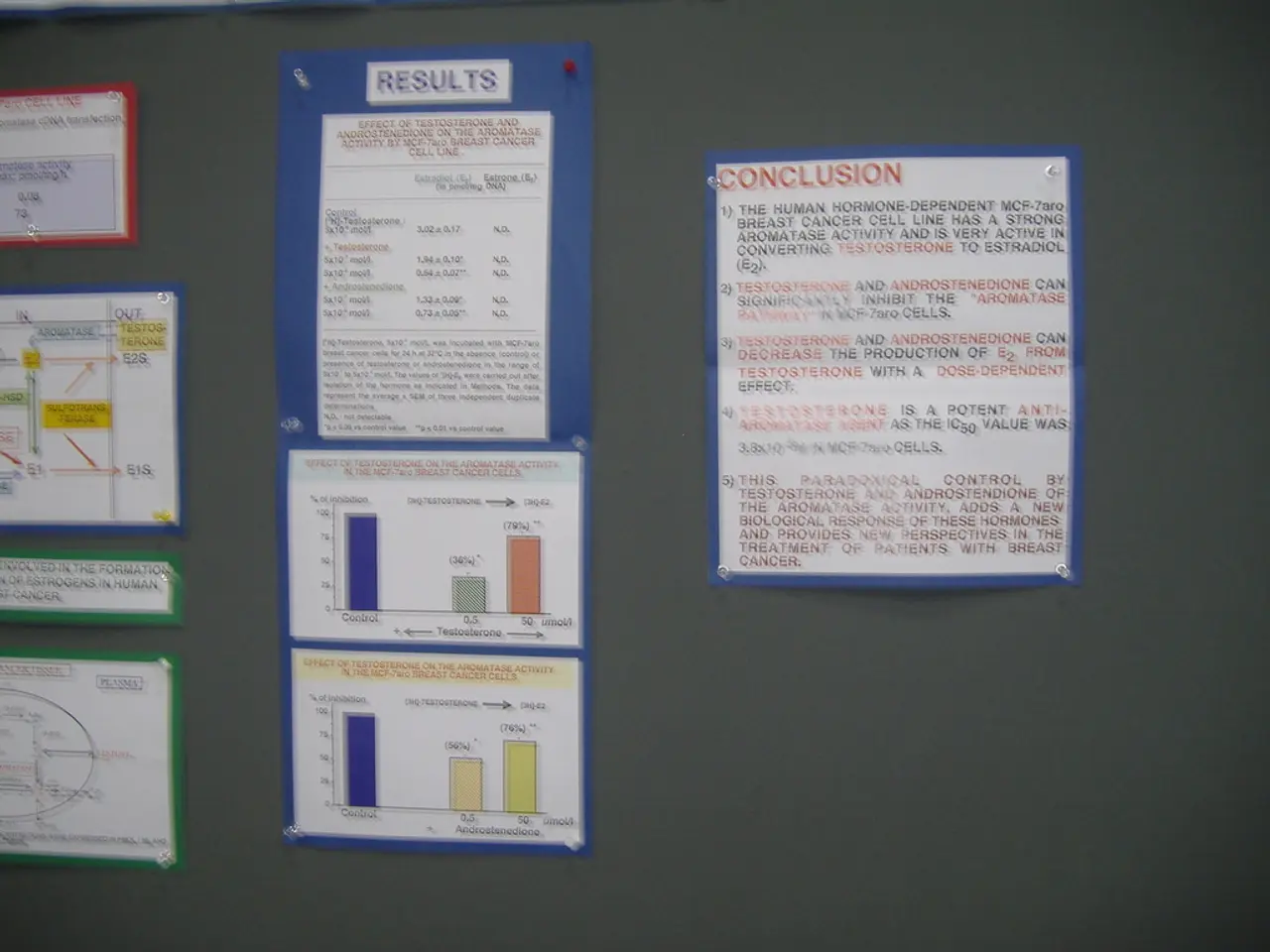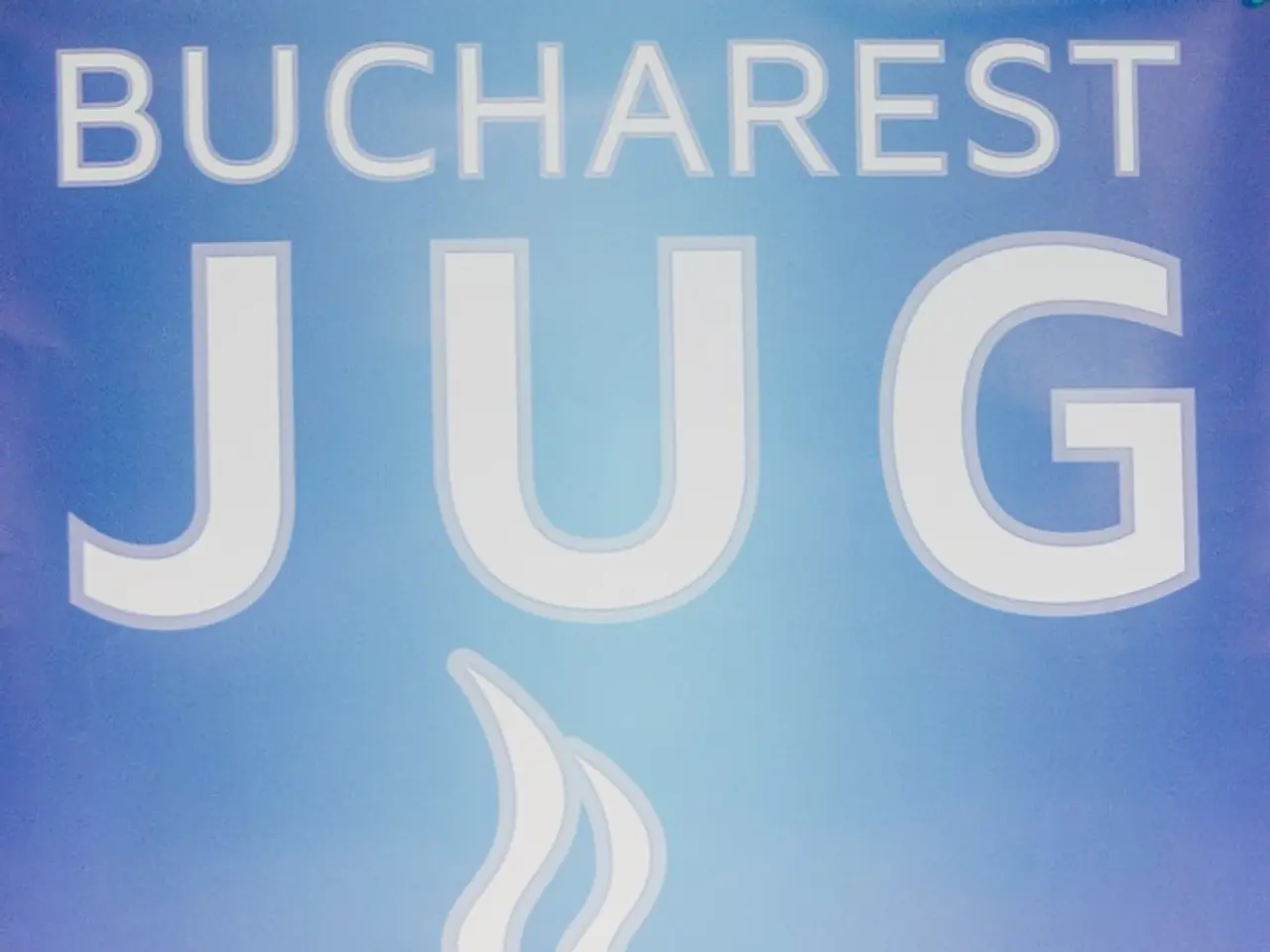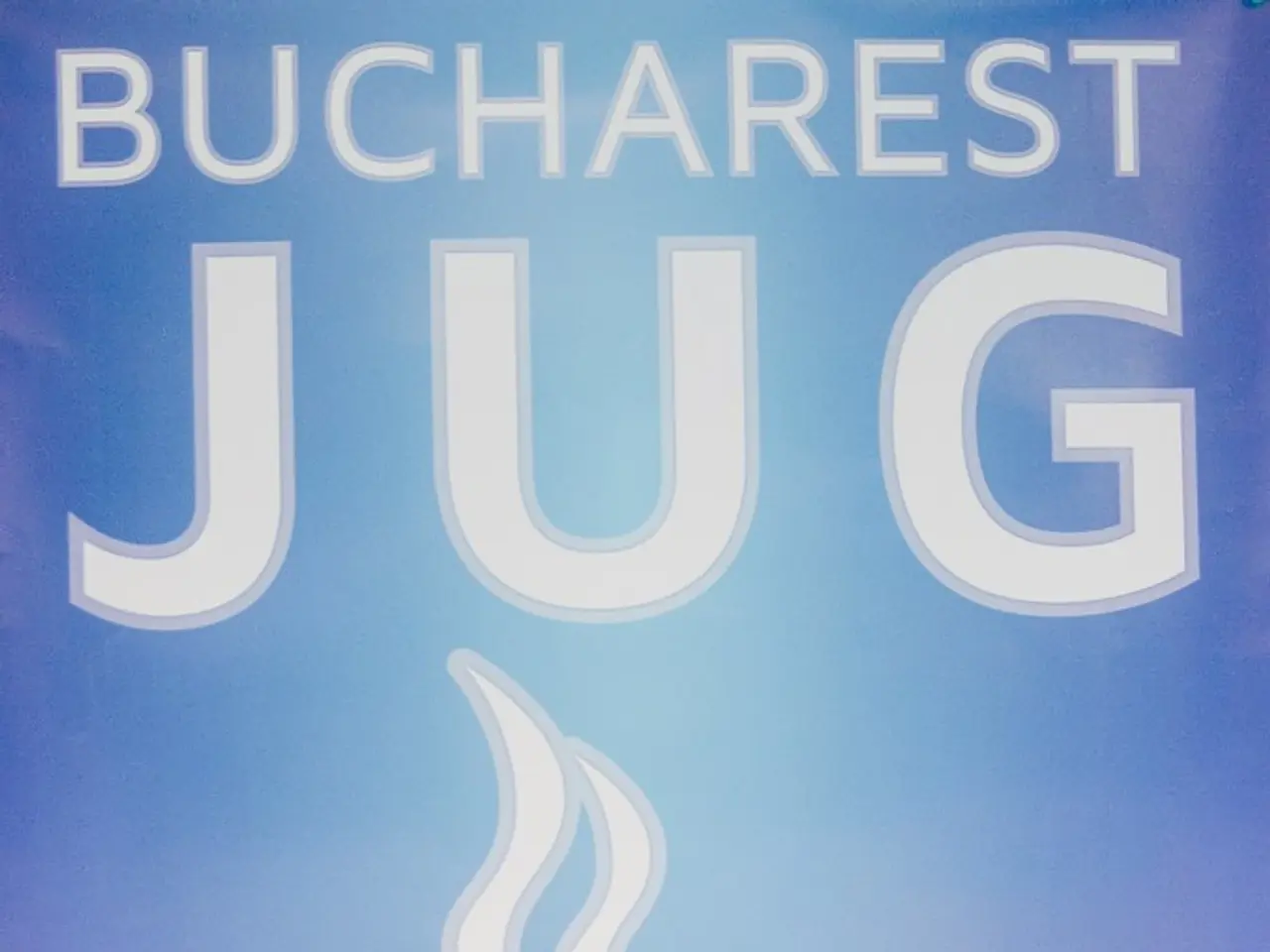Updated deductions for charitable donations allowance
Starting from the 2026 tax year, the federal tax-and-spending cuts package enacted by President Donald Trump brings significant changes to charitable donation deductions for both non-itemizers and itemizers.
Changes for Non-Itemizers
For non-itemizers, the key change is the reinstatement of a charitable deduction for cash donations, with a new limit of $1,000 for single filers and $2,000 for joint filers. This is an increase from the previous $300/$600 limits used temporarily during the COVID-19 pandemic. This deduction allows tax benefits for charitable giving even if taxpayers take the standard deduction, and it is not subject to income-based limits or floors. However, this deduction applies only to cash donations and excludes contributions to donor-advised funds or certain private foundations.
Changes for Itemizers
For itemizers, the changes are more substantial. Starting in 2026, itemizers face a new limitation: they must reduce their charitable deduction by 0.5% of their "contribution base," which is generally their adjusted gross income. For example, if the contribution base is $100,000, they may deduct only up to $9,500 in charitable contributions (a 0.5% floor means the first 0.5% does not count).
Additionally, the tax benefit of charitable deductions for itemizers in the top tax bracket is capped at 35%, down from the previous 37%. This means a $1,000 donation results in a $350 maximum tax benefit instead of $370.
Summary
The changes effectively increase incentives for non-itemizers to donate by making deductions available to them, while limiting itemizers’ deduction amount and tax benefit to offset revenue loss from the expanded non-itemizer deduction.
| Group | Key Change | Effect | |--------------|--------------------------------------------------------------------------------------------|-------------------------------------------------------| | Non-itemizers| Charitable deduction reinstated up to $1,000 (single) / $2,000 (joint) for cash donations | New tax benefit for donors who take standard deduction| | Itemizers | 0.5% floor on deductible contributions based on contribution base (AGI) and 35% cap on benefit | Reduced deductible amount and lower tax benefit |
The charitable deduction rules for qualified charitable distributions (QCDs) from IRAs remain unchanged.
These changes mean more taxpayers (mostly non-itemizers) can benefit from charitable deductions, but itemizers face tighter limits starting in 2026. If an itemizer's AGI is $100,000 next year, they will be allowed to carry forward the first $500 of their cash gifts (0.5% x $100,000) plus any remainder of their donations above $60,000 (60% of their AGI). For itemizers, the deductible amount for non-cash contributions (such as clothes, food, or household goods) will be subject to the new 0.5% of AGI floor.
The special provision that allowed non-itemizers to deduct an additional $300 ($600 for married couples filing jointly) for charitable cash gifts they made in the first two years of the pandemic has expired. The AGI limit is typically 30% for cash gifts made to donor-advised funds and private foundations. Itemizers who are non-itemizers will not be eligible for the $1,000/$2,000 deduction reserved for non-itemizers. Itemizers in the 37% tax bracket will not receive the full tax savings from their itemized charitable deductions. Instead, they will reduce their tax liability by $3,500 (35% x $10,000) instead of the full $3,700 (37% x $10,000).
The changes to the tax laws regarding charitable contributions will take effect in 2026.
- For those who prefer personal-finance strategies that don't require itemizing, the reinstated charitable deduction for cash donations up to $1,000 (single filers) and $2,000 (joint filers) under the revised tax laws provides a significant finance opportunity, as it offers a valuable tax break when taking the standard deduction, even without dealing with the complexities of itemization.
- In contrast, itemizers may find their personal-finance plans impacted by the new 0.5% AGI-based limitation on charitable deductions and the reduced cap on tax benefits for high earners at 35%, which could potentially reduce their overall financial gain from charitable donations.




